One of Australia’s most iconic natural landmarks has quite literally taken another hit, with the 12 Apostles now officially down to seven after another limestone stack collapsed into the Southern Ocean. It’s the latest reminder that these towering formations, carved by wind and waves over millions of years, are both breathtaking and heartbreakingly temporary. And just as nature chips away at what’s left, new draft proposals suggest human hands might soon do the same, this time with entry fees.
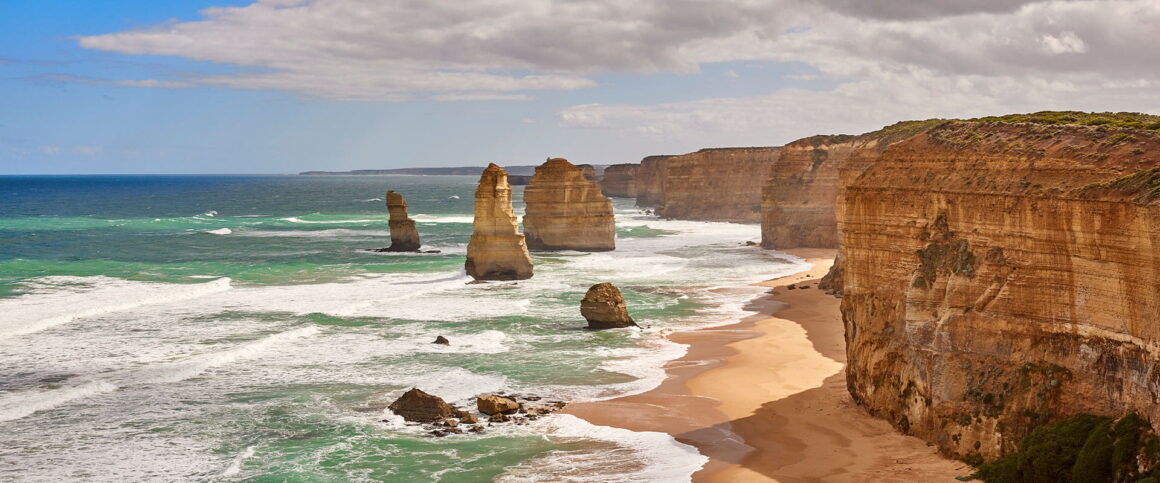
A Fragile Wonder on Borrowed Time
The 12 Apostles, just off the Great Ocean Road in Victoria, are a staple on the Australian bucket list. But despite the name, there haven’t actually been 12 standing for decades. The most recent collapse, caused by relentless coastal erosion, has left only seven visible from the main lookout near Port Campbell.
Geologists say the limestone cliffs here are constantly eroding at around 2cm per year, with undercutting by waves creating inevitable structural failures. Eventually, every remaining Apostle will meet the same fate, it’s not a question of if, but when.
For 4X4ers and photographers, that means time’s running out to see them as they are today. Each visit is a snapshot in geological history, one collapse away from being gone forever.
Charging for a Natural Wonder
While nature is claiming one Apostle at a time, bureaucracy could soon claim a bit of our access too. The Victorian Government’s new draft management plan for the Great Ocean Road region reportedly proposes the introduction of tourist entry fees at key sites, including the 12 Apostles precinct.
The reasoning, according to early discussion papers, is to “support sustainable tourism and conservation efforts” code for raising revenue to manage crowds and maintain facilities. But critics argue that charging people to see a natural icon sets a dangerous precedent.
For locals and 4X4ers who treat the Great Ocean Road as a gateway to adventure the idea of being charged to visit public coastline doesn’t sit well. There’s a strong sense that these landmarks belong to everyone, not just those willing to pay an entry fee.
Tourism’s Double-Edged Sword
It’s easy to see both sides. The 12 Apostles draw over two million visitors a year, putting immense pressure on fragile coastal ecosystems. Carparks overflow, walking tracks erode, and litter accumulates. Charging a small entry fee could help fund repairs, build better infrastructure, and protect the cliffs for future generations.
But once governments start monetising natural attractions, where does it stop? Kakadu, Uluru, and Cradle Mountain all charge park entry, but those are vast wilderness reserves, not single lookout points along a public highway. Charging for a view could feel like turning the coast into a theme park.
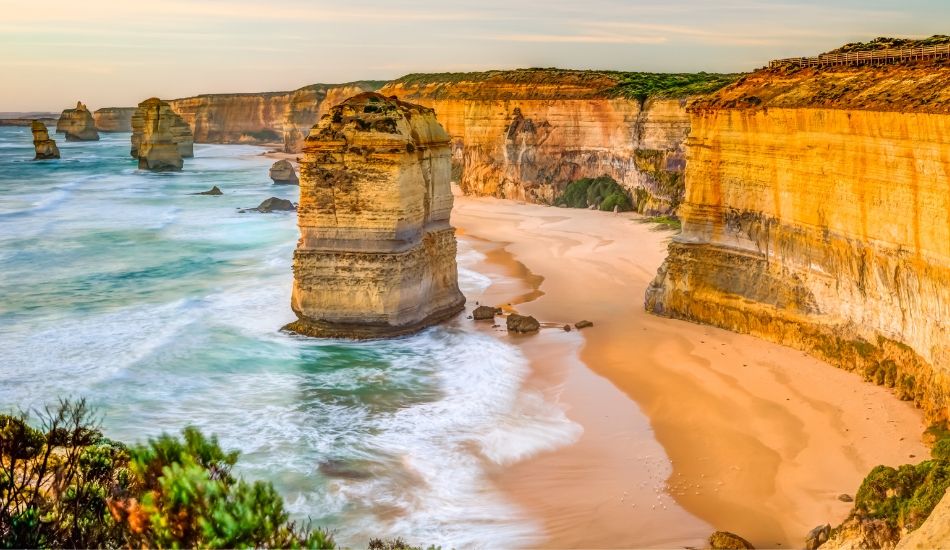
See It While You Can
Whether you agree with the fees or not, one thing’s for sure: the Apostles aren’t going to last forever. Each visit is a reminder of how dynamic Australia’s coastline really is, constantly changing, crumbling, and reshaping itself.
If you’ve never stood at that clifftop and watched the sunset over the stacks, now’s the time. Go before another one falls, and before the cost of seeing them climbs higher than the cliffs themselves.



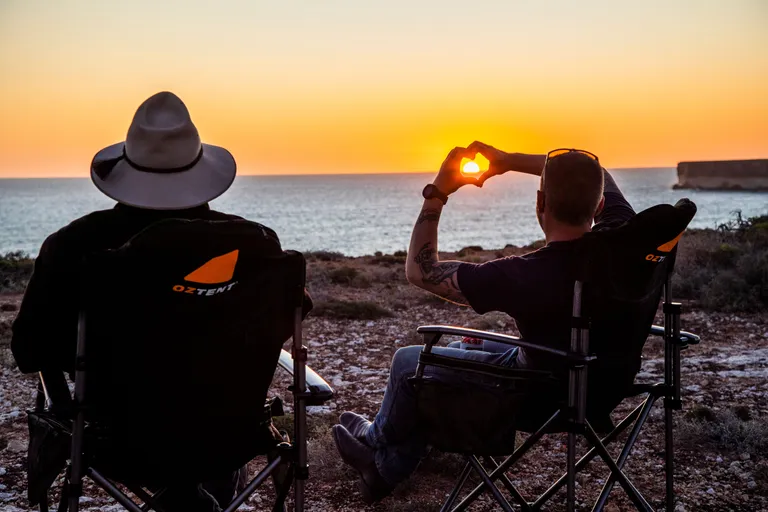
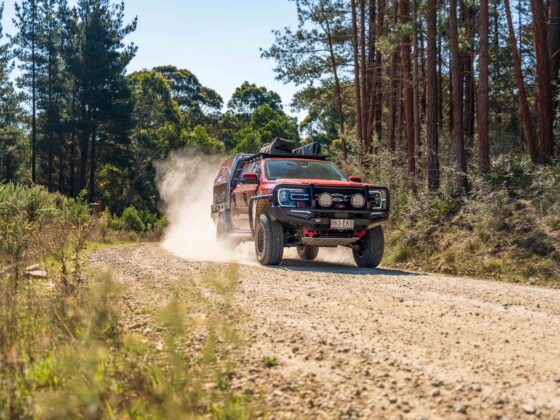
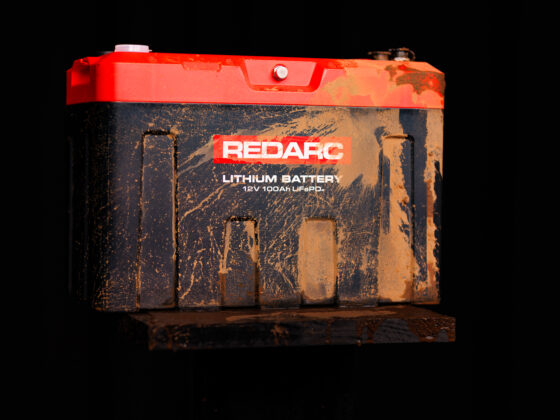





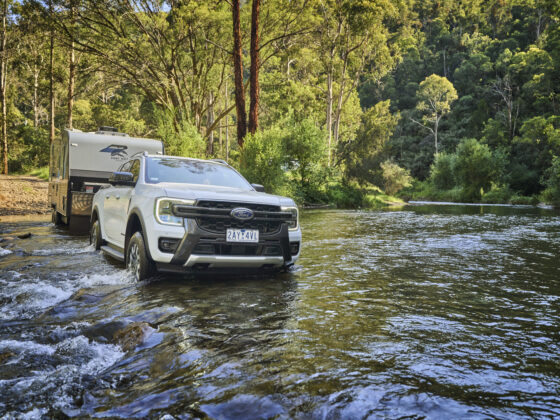


9 comments
Yep I agree a charge would be appropriate many to help clean up mess and to keep the viewing platform safe and sturdy and who would not go see them once there because of a $10 per head entry charge.
Also your article tended at one point to lead us to think a charge would go to assist with helping the stacks endure haha
You would think the Government would be making money from the apostles via other places tourists visit. This includes car, hotels, cafes, restaurants museums, the list goes on. The state gets 10% GST from all of that. A bit rough charging to see a few rocks that all Australians own. Wake up SA Government.
They are in Victoria, NOT South Australia
This feels a bit like how English Heritage in the UK has stitched up many places that used to be free to visit. Two prime UK examples where you have to pay to see attractions are the White Cliffs of Dover (the very best section of coastline to the east of Dover), and Stonehenge. At Stonehenge the closest public road has been permanently closed so the only way to see is to pay.
There’s always a need to cover costs of maintaining natural (or very old man made) attractions, but there’s a point where the charging of fees becomes a blatant exercise in revenue raising. It can be a fine line.
Charging a fee has nothing to do with sustainable tourism or conservation efforts. Any fee will go the way of every government fee and tax and straight into general revenue where it will either go to pay for Victoria’s massive overspending debt or get blown on some new stupidly overpriced government spending splurge. Further increasing their debt.
West Australia charges you to see the confluence of the ocean off the south west top. A travesty for Aussie public
Most National Parks in NSW charge an entry fee. We are lucky in Victoria that this is rare. Paying a small fee is the least we can do to help conserve our environmental heritage.
The Horizontal Falls in the Kimberley (W.A.) will be closed in 2028 or 2029 to respect traditional owner’s demands who regard the spot as sacred. I have to wonder if the existing successful businesses will just leave, or be obliged to hand over their gear (sea planes & ships & barges & zodiacs & high speed boats and skilled mariners) over to the locals.
These places are for bloody family’s which are in a cost of living crisis the wealthy have no boundary’s throwing a lobster on the barbie so to speak but some have and never will taste such what are to poor kids to do ??? Rob the rich !